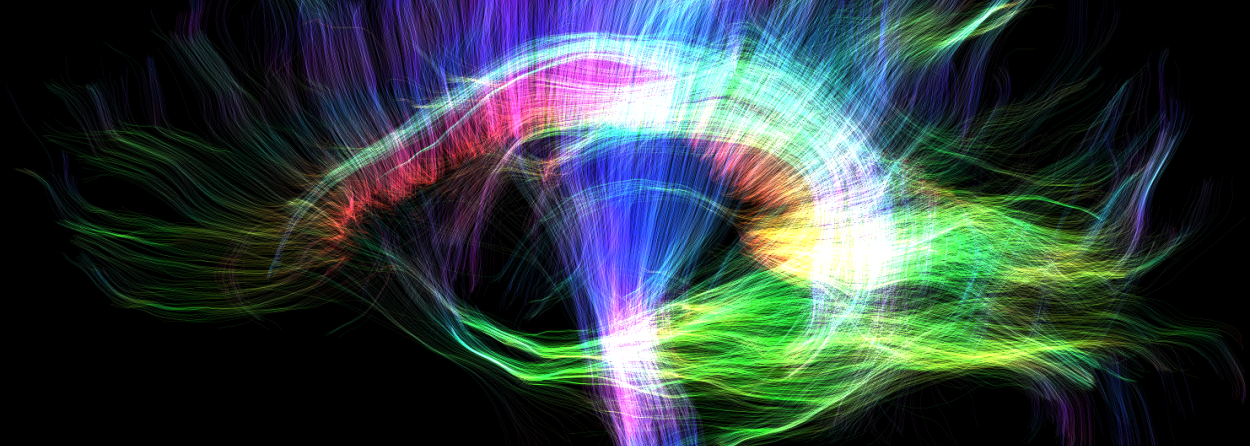Research Overview
Research in the lab primarily focuses on the topic of microstructure imaging of the human brain. We rely on diffusion magnetic resonance imaging as a primary tool to study brain microstructure. Diffusion MRI uses strong magnetic fields and radio waves to generate detailed images of the human brain. The basic principle of diffusion MRI is that water molecules diffuse, or move randomly, in different directions within the body's tissues. By measuring the diffusion of water molecules in different directions, the MRI can build a picture of the structure of the tissue and detect any abnormalities.The contrast information encoded in the diffusion weighed images are utilized to visualize the structure of the tissues.
Diffusion MRI is non-invasive. It is often used in conjunction with other imaging techniques, such as traditional MRI, to get a more comprehensive understanding of a patient's condition. Overall, diffusion MRI is a powerful tool as it provides detailed information about the nervous system, allowing for earlier and more accurate diagnoses of conditions such as brain tumors, stroke, and neurological disorders.
Research Areas
-
High-resolution Microstructure imaging
Despite advances in imaging technology, the spatial resolution of diffusion MRI is still relatively low compared to other MRI techniques. This can make it difficult to study fine details of the brain's structure.
-
Fast Microstructure Imaging
The scan time for diffusion MRI is relatively long compared to other MRI modalities, leading to low temporal resolution (also referred to as angular resolution). To accurately represent complex structures in the brain, higher angular resolution is important which provides detailed information about the orientation and degree of diffusion of the water molecules in tissues.
-
High-field Microstructure Imaging
Imaging at Higher Magnetic Field Strength has the advantage of increased signal-to-noise ratio leading to improved accuracy in diffusion measurements. The increased field strength also allows for higher spatial resolution, which leads to more detailed images and the ability to visualize smaller structures.
Summary of Research Projects
-
SMS-accelerated Multi-shot Imaging for high-resolution dMRI
-
Deep Learning for Fast Multi-shot dMRI reconstruction
-
Highly Accelerated High Angular & Spatial Resolution dMRI
- Joint k-q space under-sampling
- Joint reconstruction of all k-q data points
- High angular and spatial resolution
- Acceleration factor >8
- MRF-style like acquisition
- Direct reconstruction from k-space
- Direct reconstruction of ODFs
- Fast virtual channel reconstruction
